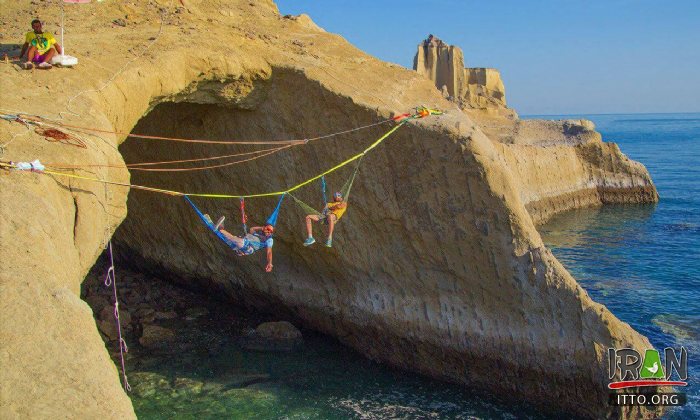Why Would Sea Caves Not Form In Granite

The greater caucasus runs west northwest to east southeast.
Why would sea caves not form in granite. Caves can form in any kind of rock. It happens more often in soft rocks especially marble and limestones since groundwater dissolves them however if you get fault going through a hard rock and sea action abrades this hard rock preferentially along this fault a cave can develop in even hard. Granite is an intrusive igneous rock which means it was formed in place during the cooling of molten rock generally the slower the molten rock cooled the larger it s mineral crystals with k feldspar megacrysts forming in special circumstances greater than 5cm. Coastal landscapes form cliffs caves and arches.
If this is a question your teacher asked they should be reprimanded for asking improper questions. A sea cave also known as a littoral cave is a type of cave formed primarily by the wave action of the sea the primary process involved is erosion. The caucasus mountains are a mountain system at the intersection of europe and asia. But most caves form in karst a type of landscape made of limestone dolomite and gypsum.
The caucasus mountains include the greater caucasus in the north and lesser caucasus in the south. Stretching between the black sea and the caspian sea it is surrounded by the caucasus region and is home to mount elbrus the highest peak in europe. Solutional caves are the most frequently occurring caves and such caves form in rock that is soluble such as limestone but can also form in other rocks including chalk dolomite marble salt and gypsum rock is dissolved by natural acid in groundwater that seeps through bedding planes faults joints and so on over geological epochs cracks expand to become caves and cave systems. The largest and most common caves are those formed by chemical reaction between circulating groundwater and bedrock composed of limestone or dolomite these caves called solution caves typically constitute a component of what is known.
And again the water level is secondary to the cave itself. A few caves exist in rock salt an. Caves even form in glaciers where meltwater carves tunnels at the beginning of its journey to the sea. Sea caves are found throughout the world actively forming along present coastlines and as relict sea caves on former coastlines.
Land uses at the coast like industry and recreation and tourism can be in conflict with each other and solutions must be adopted to deal with these. Cave also called cavern natural opening in the earth large enough for human exploration such a cavity is formed in many types of rock and by many processes. Sea caves form along a crack in a rock or an area where the rock is softer.


















